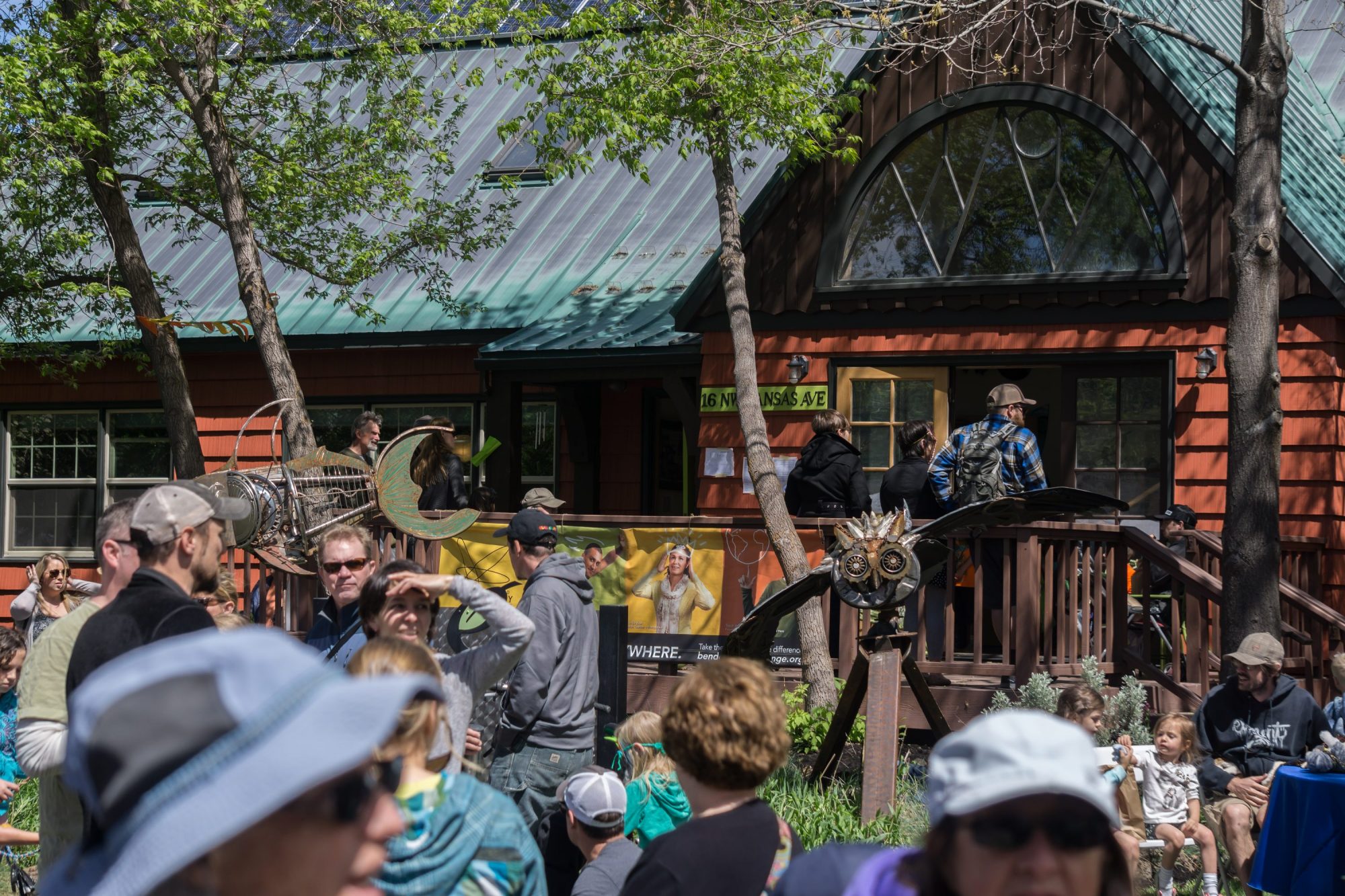Recycling might not be the answer by itself.

But it is part of the solution.
Recycling! A positive and negative buzz word these days. I think about it as being an alternative to throwing something away. But interestingly, we didn’t need recycling back in the 1940s because Americans were good at reuse. Remember the milkman? I don’t, actually, but I have heard about him.
So what made us switch from re-use to single-use?
I recently listened to a fascinating podcast about one particularly successful catalyst for making single-use nationally ubiquitous. After World War II, disposable items became cheaper and more available — and throwing things away was encouraged. Littering was normal and not looked down upon until a successful campaign in the 1950s by a partnership between the newly formed non-profit organization “Keep America Beautiful” and the AdCouncil.
If you want to hear the whole podcast “The Litter Myth” from Throughline, you can check it out here, but here is the gist:
- Beverage companies became more successful by encouraging people to buy drinks in single-use disposable containers so they would toss the container and buy more.
- Their efforts led to increased litter in public areas and along roadways. Littering was commonplace and not looked down upon. This scene of the Draper family picnic from Mad Men shows it well, despite being technically fictional!
- Soon, litter became so common that people started to see it as a problem — especially when cows would eat grass littered with broken glass and die of internal bleeding. So they pointed to the beverage companies as being at fault. But the companies turned the finger around and pointed it at the public saying it was their fault for actually doing the littering. And they created the “Keep America Beautiful” non-profit to spread the word about not littering. Brilliant! Fight litter without being held accountable and maintain sales.
Whatever their intentions, you can’t really argue that the outcome of their campaign did decrease litter.
National recycling didn’t become common until later.
Step 1: Create disposables.
Step 2: Create recycling.
Ok it’s not quite so simple. Recycling existed as a concept far before it became a mainstream idea in the environmental movement of the 60s and 70s. But when single-use disposable items became so common, recycling stepped out of the underground and became more forefront.
So is recycling good?
- Recycling is good. Although we MUST do it correctly since contamination in recyclables is detrimental to the whole chain. We can also help by reducing our purchasing and voting with our dollar — buying stuff that comes in less packaging.
- Recycling is also a distraction from the bigger picture: we need to hold big companies accountable for their impacts on the earth and the waste stream.
What happens to our recycling after we throw it in the curbside cart?
- Picked up curbside by your trash service providers.
- Taken to a facility in NE Bend (Central Oregon Recycling) and pushed into 2000 pound bales of mixed recycling.
- Trucked to a Materials Recycling Facility (MRF) in Portland.
- Mixed bales are broken open, sorted with conveyor belts, machines, and by hand into different material types.
- Re-baled into single material bundles.
- Sold as a commodity to a variety of places depending on demand.
- Materials turn into new products to buy and use!
To keep recycled items in the loop, try to buy products made of recycled material!
What are 4 common contaminants in the recycling stream of Central Oregon?
The thing is, just because it has the recycling symbol, doesn’t mean it’s recyclable. Know what is recyclable and what isn’t. Don’t be a wishful recycler!
Keep these things out of the curbside cart:
- Plastic bags — Don’t bag your recycling and don’t put empty bags in the cart either! The bags catch in the conveyor belts at the MRF and clog up the system. You can recycle them at many locations around Central Oregon. Check it out at www.PlasticFilmRecycling.org.
- Plastic clamshells — low-grade plastic that is hard to recycle anywhere and is not accepted in Central Oregon. Vote with your dollar by not purchasing foods that come in clamshells!
- Paper coffee cups — made of laminated plastic and paper. Avoid using them by bringing your own cup or enjoying a “for here” cup while sitting in the coffee shop!
- Plastic beer cups and red solo cups — not recyclable in Central Oregon except through events staffed by the Broomsmen waste management company. NOT accepted curbside.
If recycling isn’t that great, why should I keep doing it?
The system we have set up here is not perfect. But if we can help extend the life of our Knott Landfill through diverting recycling and keeping at least some materials in the loop, then we’re doing a good thing.
Bottom line is, though, do your best to avoid single-use. “Reduce and reuse” is the best answer!
Do you know if there is anywhere in Bend that recycles fabrics?
Also, I’ve recently learned from Deschutes Recycling that they do not accept items made from
recycled plastic, even though it says Recyclable on the item. You probably know this ,but it doesn’t seem
clear on the information that ‘s out and about.